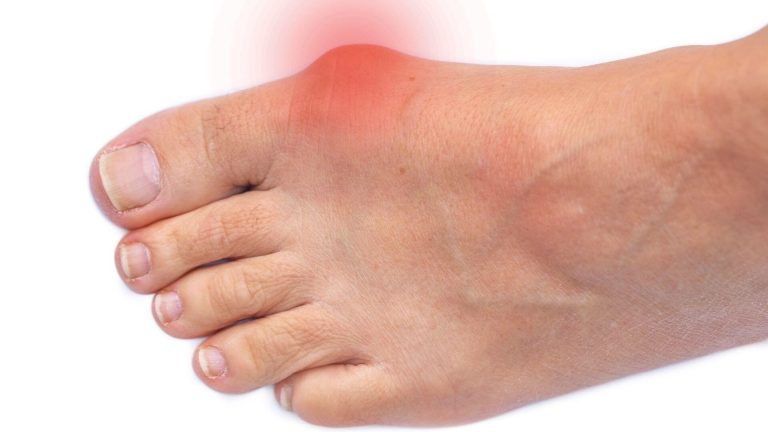Mortons Neuroma
Morton’s Neuroma Overview
A Neuroma is a damaged or irritated nerve located between the toes. This can be painful and uncomfortable, which in turn can cause difficulty with footwear.
A Neuroma typically affects the nerve between the 3rd and 4th toes, which is known as a Morton’s Neuroma, and somewhat less often between 2nd and 3rd.
Morton’s Neuroma Symptoms and Diagnosis
Morton’s Neuroma symptoms typically include:
Sharp radiating pain
The sense of walking on pebble
Numb or tingling sensation at the toes
Painful symptoms can worsen over time, especially if you exacerbate symptoms with poor fitting footwear or strenuous activity.
Morton’s Neuroma Causes
There are several causes of the irritated and damaged nerve that causes Morton’s Neuroma. It is often associated with:
High activity, such as strenuous walking, running or exercise
High heeled, pointy or shoes that put a lot of pressure on the toes
Other foot conditions, such as Bunions, Hammertoes or Flat Feet
Morton’s Neuroma Treatment and Prevention
Simple treatments include:
Wear appropriate shoes that take pressure off the affected area
Maintain a healthy weight, which can relieve foot pressure and decrease symptoms
Over the counter pain medication can be used to help control the pain
Orthotics can help redistribute your weight across the foot and away from the neuroma location
Injection therapy
Mr Hester may recommend the use of ultrasound guided steroid injections with anaesthetic to reduce inflammation and painful symptoms. This resolves a neuroma in around 50% of cases.
Neuroma Surgery
Surgical treatment of neuroma can be used should other treatments fail.
Excision of a neuroma is where part of the damaged nerve that is causing pain and irritation is removed. The procedure may be carried under general anaesthesia as a day case; you will only need to be admitted into hospital for half a day. Mr Hester will make a small incision over the top of the foot above the neuroma. Nerves on either side of the neuroma are carefully cut and the neuroma is removed.
Morton’s Neuroma Surgery Recovery
Following the procedure you should rest at home for two weeks, keeping the foot elevated to reduce the swelling and keep the bulky bandage dry. For non manual work you can then return work at two weeks postoperative. At six to twelve weeks following the procedure you can return to high impact activities.

We need your consent to load the translations
We use a third-party service to translate the website content that may collect data about your activity. Please review the details in the privacy policy and accept the service to view the translations.
